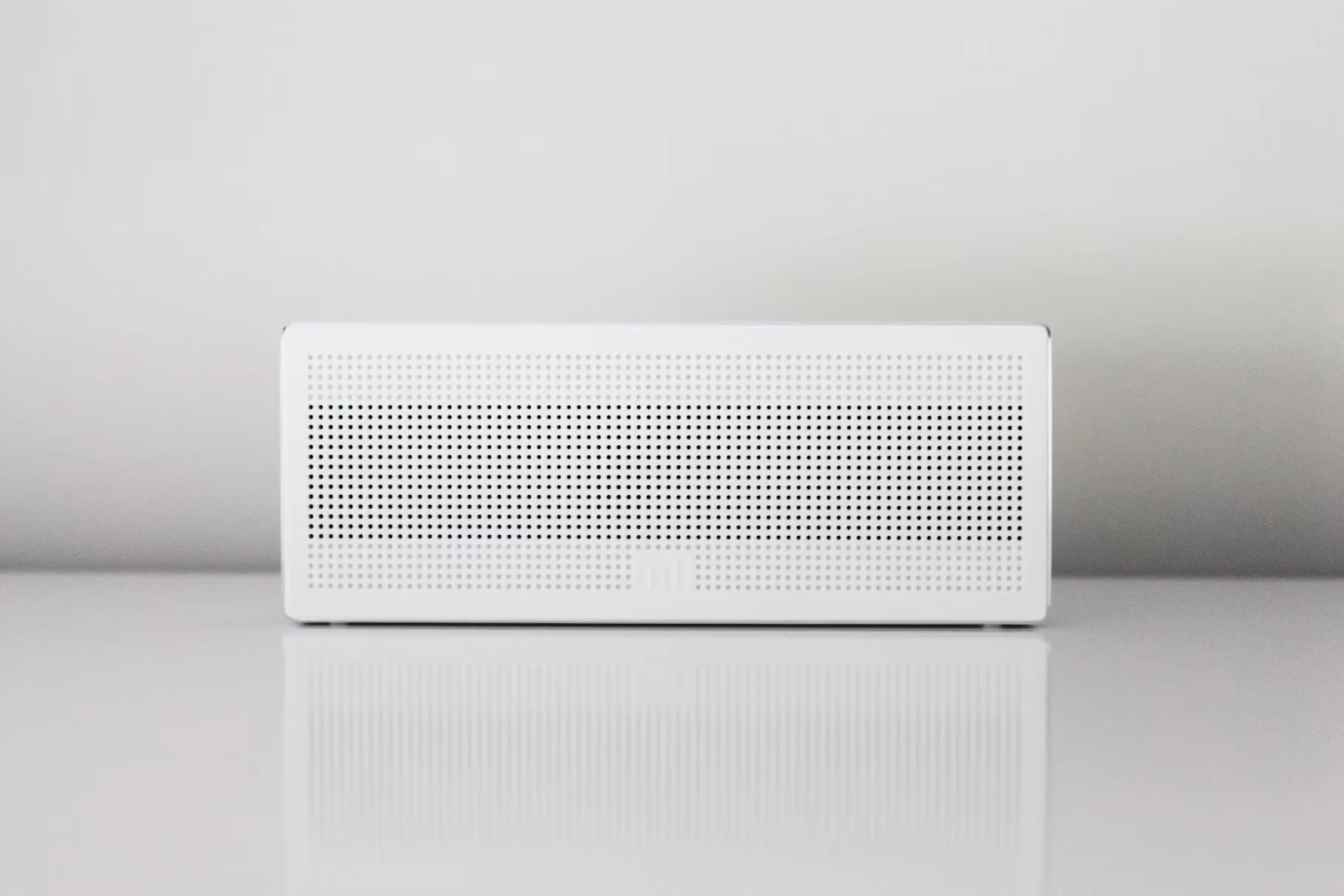
Your Essential Guide to Buying Your First Air Purifier
Understanding Why You Need an Air Purifier
The air inside your home can be up to five times more polluted than the air outside. Everyday particles like dust, pollen, pet dander, and smoke can accumulate, triggering allergies and other respiratory issues. An air purifier is a simple yet powerful device designed to filter out these invisible irritants, creating a healthier and more comfortable living environment. Especially for those who suffer from seasonal or pet-related sniffles, choosing the right device can be a game-changer for your quality of life.
Key Features to Look For
Navigating the technical specifications can feel overwhelming. Let's break down the most important features to focus on when you're searching for the best air purifier for allergies and general air quality improvement.
True HEPA Filter: This is non-negotiable for allergy sufferers. A True HEPA (High-Efficiency Particulate Air) filter is certified to capture 99.97% of airborne particles as small as 0.3 microns. This includes the most common allergens like pollen, dust mites, and pet dander. Be wary of terms like 'HEPA-type' or 'HEPA-like,' as they don't meet the same rigorous standards.
CADR (Clean Air Delivery Rate): CADR measures how quickly the purifier can clean a room. It provides three numbers: one for smoke, one for pollen, and one for dust. The higher the numbers, the faster it cleans the air. As a rule of thumb, the CADR rating should be at least two-thirds of your room's square footage.
Room Size Coverage: Manufacturers specify the ideal room size for each model. Using a purifier designed for a small room in a large living area will render it ineffective. Measure your room's square footage (length x width) and choose a model rated for that size or slightly larger for optimal performance.
Activated Carbon Filter: While HEPA filters tackle particles, activated carbon filters are designed to trap odors, gases, and Volatile Organic Compounds (VOCs) from cooking fumes, pets, or household chemicals. If odors are a concern, look for a model with a substantial carbon filter.
Placement, Maintenance, and Making Your Final Choice
For the best results, place your air purifier in the room where you spend the most time, typically the bedroom. Ensure there's a few feet of clear space around it for proper air circulation. Remember that filters don't last forever. Regular filter replacement (usually every 6-12 months for HEPA and 3-6 months for carbon) is crucial for maintaining performance. Now that you understand the core components that make a great air purifier, you are ready to compare specific models. To see how top devices stack up in real-world testing, explore our in-depth product reviews to find the perfect fit for your home and health needs.





